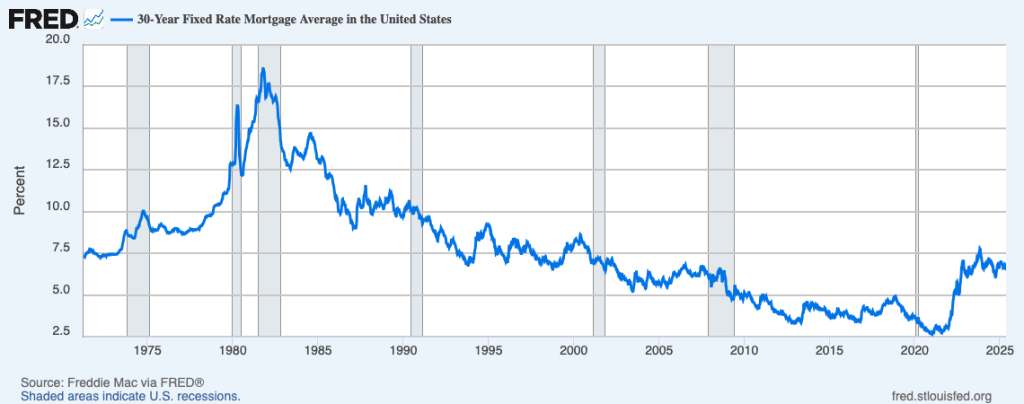 Home owner
Home owner
Your Essential Address Change Checklist When Moving
Moving to a new home is exciting, but let’s be honest – the “change of address” part can feel like a mountain of paperwork. Miss one crucial update, and you could be chasing down important mail for months. Don’t let that happen!
This guide cuts through the clutter, giving you a quick, comprehensive, and pithy checklist of where you absolutely must update your address. Keep this handy, and ensure a smooth flow of mail to your new front door.
The Big Picture: Why Bother?
Beyond just getting your bills, updating your address is critical for:
- Financial Security: Protecting against identity theft and ensuring uninterrupted access to funds.
- Legal Compliance: Keeping your driver’s license and vehicle registration current is often legally required.
- Healthcare Continuity: Receiving vital medical information and prescriptions.
- Peace of Mind: Knowing your important documents and correspondence will find you.
Now, let’s get to the actionable items!

Your Essential Address Change Checklist
Here’s where to update your address, categorized for easy navigation:
1. The Absolute Must-Do’s (Do These FIRST!)
- USPS (United States Postal Service): Your primary point of contact for mail forwarding.
- How: Online at USPS.com or in person at a post office.
- Why: Forwards mail from your old address to your new one for a set period (usually 6 or 12 months), catching anything you miss.
- DMV (Department of Motor Vehicles): Driver’s License, Vehicle Registration, and Vehicle Titles.
- How: Often online, but some states require in-person visits. Check your state’s DMV website.
- Why: Legal requirement, valid identification, and crucial for vehicle-related notifications.
- IRS (Internal Revenue Service):
- How: File Form 8822, Change of Address, or notify them when you file your next tax return.
- Why: Ensures you receive tax-related documents and refunds.
- State Tax Department:
- How: Check your specific state’s revenue or taxation website.
- Why: Similar to the IRS, for state tax documents.
- Social Security Administration (SSA): If you receive Social Security benefits.
- How: Online, by phone, or in person.
- Why: Ensures continuity of benefits and important notices.
- Voter Registration:
- How: Typically online via your state’s election website or through the DMV.
- Why: Ensures you can vote in your new district.
2. Financial Foundations (Keep Your Money Flowing Smoothly)
- Banks & Credit Unions: Checking, Savings, Investment Accounts.
- How: Online banking portal, phone, or in person.
- Why: Critical for statements, new cards, and fraud alerts.
- Credit Card Companies: All individual cards.
- How: Online portal or customer service line.
- Why: Ensures statements and new cards arrive, prevents billing issues.
- Loan Providers: Mortgage (even if paid off), Student Loans, Auto Loans.
- How: Online portal or customer service.
- Why: Important for statements and year-end tax documents.
- Investment & Retirement Accounts: Brokerage firms, 401(k)s, IRAs, mutual funds.
- How: Online portal or contacting your plan administrator.
- Why: Ensures you receive statements and critical financial updates.
3. Home & Health (Your Daily Life & Well-being)
- Homeowners/Renters Insurance: For your new property.
- How: Contact your insurance agent directly.
- Why: Essential for ensuring your new home is adequately covered from day one.
- Auto Insurance:
- How: Contact your insurance provider.
- Why: Your premium may change based on your new location.
- Health & Life Insurance:
- How: Contact your HR department (if employer-provided) or your provider directly.
- Why: Ensures you receive policy updates and claims information.
- Doctors, Dentists, Specialists:
- How: Notify their office staff.
- Why: For appointment reminders, billing, and medical records.
- Pharmacies:
- How: Notify them or update online.
- Why: For prescription refills and notifications.
- Employer/Payroll:
- How: Contact your HR or payroll department.
- Why: Ensures correct W-2 forms, benefits information, and emergency contacts.
- Schools/Daycare: For children’s records and communications.
- Veterinarian: For pet records and health reminders.
4. Subscriptions & Services (Keep Your Life Running Smoothly)
- Internet, Cable, Phone Providers: Transfer/set up new service.
- How: Contact customer service.
- Why: Keep your connectivity seamless.
- Utility Companies: Electric, Gas, Water, Sewer, Trash.
- How: Schedule disconnects at old address, connects at new.
- Why: Crucial for uninterrupted service.
- Online Retailers: Amazon, eBay, Target, etc.
- How: Update your default shipping address in your account settings.
- Why: Prevents packages from going to the old house.
- Subscription Boxes/Services: Meal kits, beauty boxes, streaming services, magazines, newspapers.
- How: Update within each service’s online account.
- Why: Ensures uninterrupted delivery of your favorites.
- Clubs & Organizations: Gyms, professional associations, alumni groups, charities.
- How: Contact their membership department or update online.
- Why: For newsletters, renewals, and special offers.
5. The Personal Touch (Don’t Forget Loved Ones!)
- Friends & Family: Send out new address announcements.
- How: A simple email, text, social media post, or even a classic moving announcement card!
- Why: So they know where to send birthday cards and visit!
Pro-Tip for Sanity: The “Master List” Method
Before you start, grab a notebook or open a spreadsheet. List every company, person, and service that currently has your address. As you update each one, check it off. This visual tracker will be your best friend in preventing missed steps!
When moved into your new place, look out for any mail items with yellow forwarding sticker on them. This indicates the places you forgotten, or do not care about. Add them to the list or, even better, update the address right away if needed!
Wrapping Up
Changing your address can feel daunting, but with this focused checklist, you can tackle it efficiently and confidently. By prioritizing these updates, you’ll ensure all your important mail and services follow you to your wonderful new home.
Happy unpacking!





